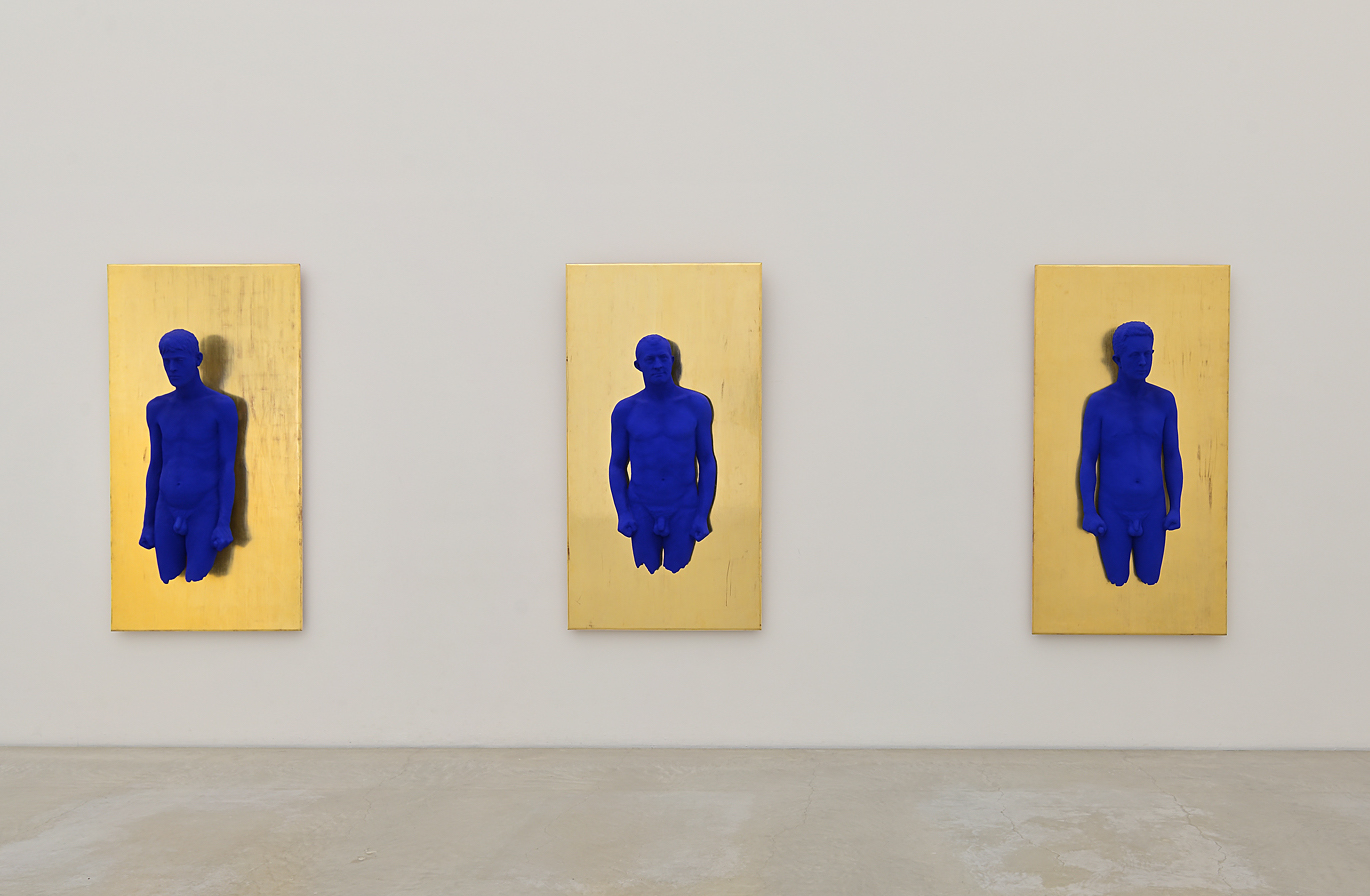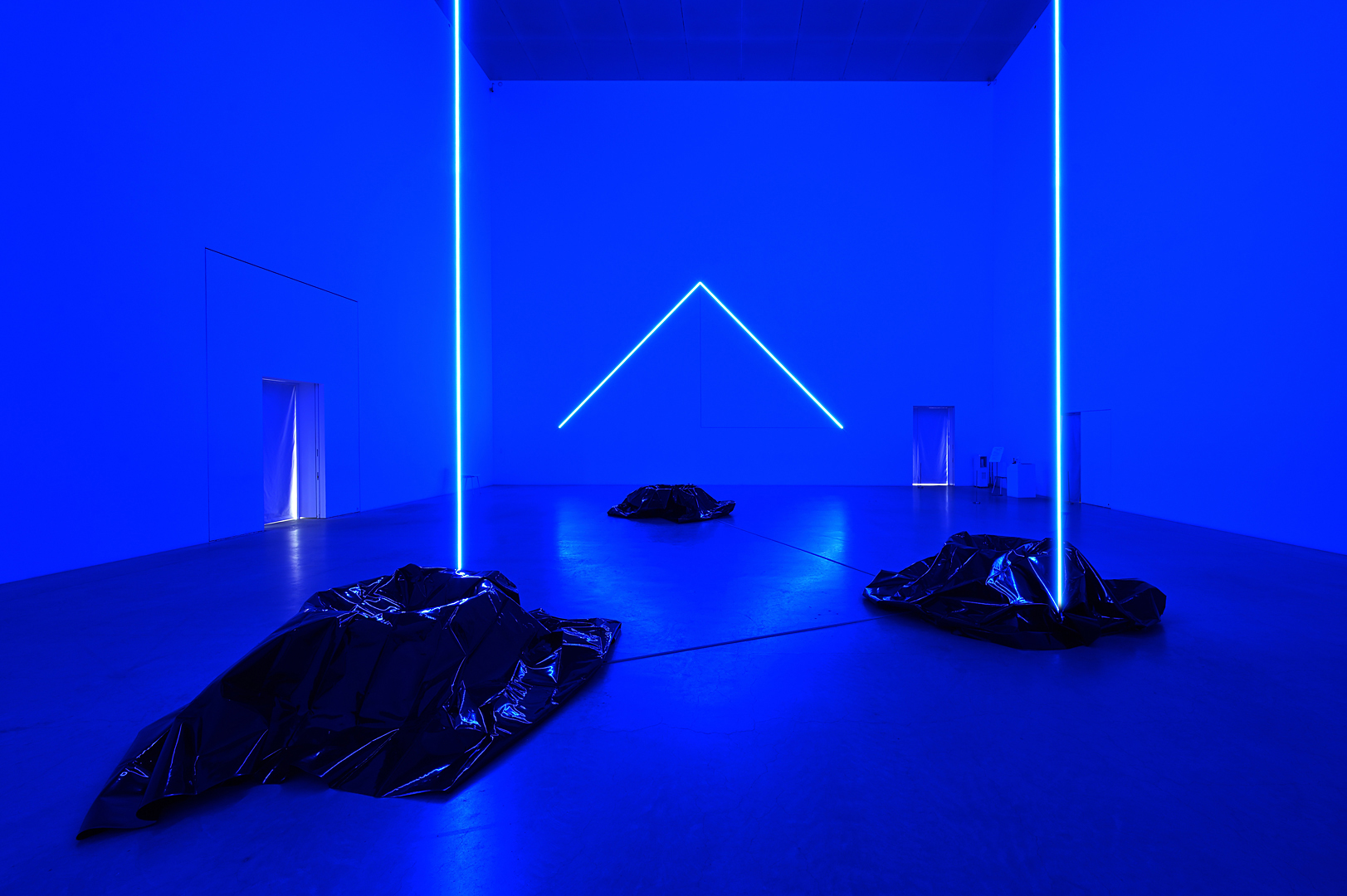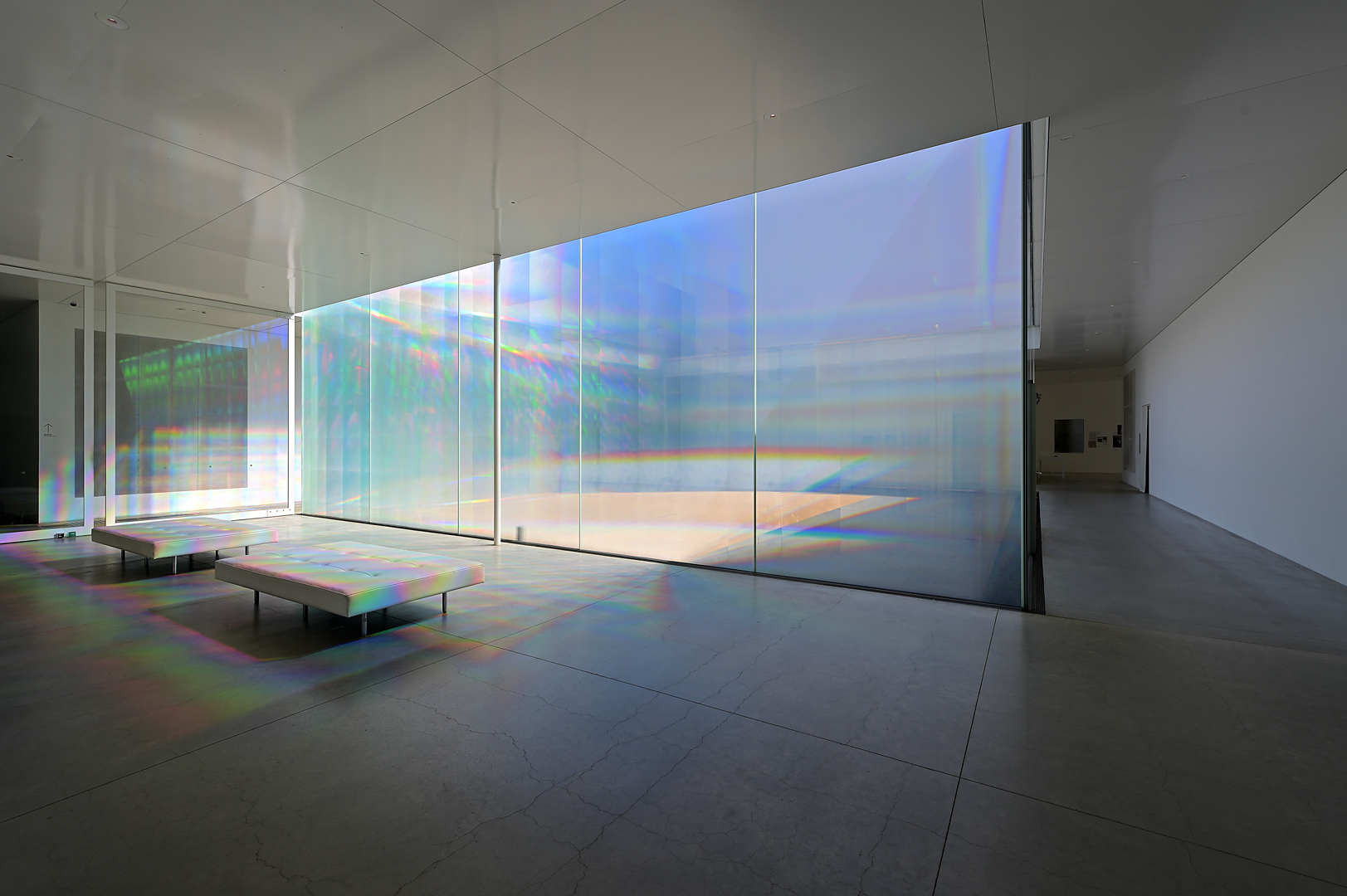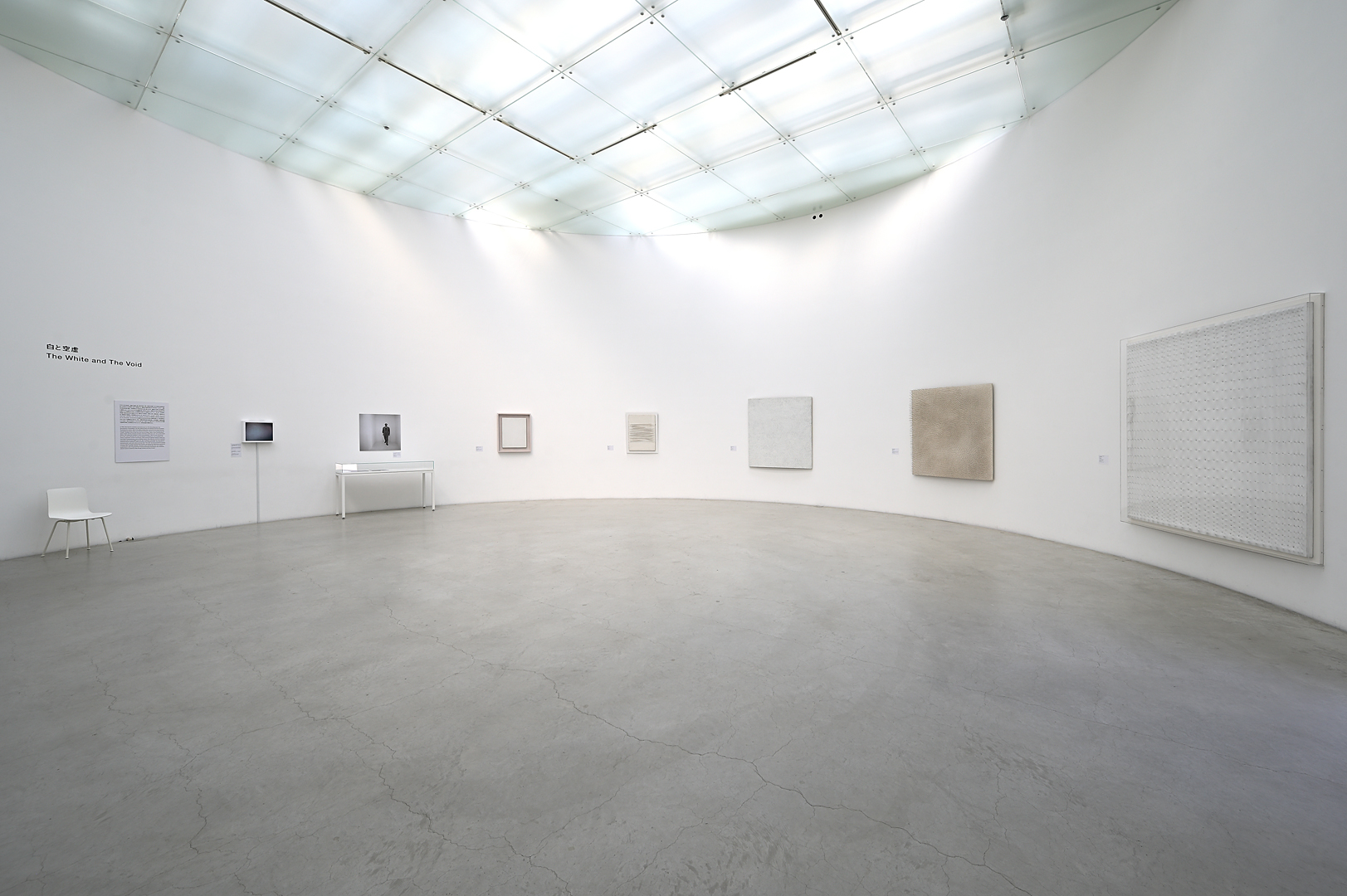Exhibition
The Timeless Imagination of Yves Klein
Uncertainty and the Immateriality
Venue : the 21st Century Museum of Contemporary Art, Kanazawa
Japan(Kanazawa)
2022-2023
Organization : 21st Century Museum of Contemporary Art, Kanazawa (Kanazawa Art Promotion and Development Foundation), Support: GUERLAIN
Artists :
Yves Klein, Alberto Burri, Enrico Castellani, Lucio Fontana, Rintaro Fuse, Norio Imai, Akira Kanayama, Kimsooja, Yayoi Kusama, Piero Manzoni, Haroon Mirza, Sadamasa Motonaga, Tomás Saraceno, Kazuo Shiraga, Fujiko Shiraga, Günther Uecker, Lothar Wolleh etc.
Yves Klein is known as the artist of the blue, well known for his deep and vivid renderings of this color that seem to pull the viewer into it: International Klein Blue (IKB). He emerged from the tabula rasa [blank slate] of the devastated postwar period as an artist in search of a new humanity like some sort of comet. When Klein was 20 years old, he spent time on the beach in Nice with the poet Claude Pascal and the sculptor Arman, and the three of them came up with the idea of “dividing the world.” Klein wanted the blue sky, and the episode where he was said to have claimed the sky and its infinite expanse as a work of art by signing his name across it demonstrates his interest in immateriality, the freedom of the spirit, leaping into space, and a cosmic imagination.
Through his actions and performances, Klein used colors such as blue, which he considered to be the most immaterial and spiritual, fire, water, and air, so that art could be experienced through sensibility, rather than being perceived just as a material object. As a young man, Klein came to Japan and earned a black belt in judo, and is known for his exploration of the relationship between the spirit and the body.
During the same period, the Italian Spatialism movement, Zero from Germany, and Gutai in Japan gained momentum with their experimental attempts at art that rose from the ruins, reexamining the relationship between the human body, material, and space from scratch. This exhibition, centered on Yves Klein while also including artists from these movements that were active around the same period as well as contemporary artists, will highlight the theme of immateriality that is common to their art.
Amid the current confusion caused by a myriad of unseen things, such as climate change, the COVID-19 pandemic, and the information environment of the internet, we find ourselves in a state of uncertainty where the substance of things remains opaque to us. As such, Klein’s explorations of a sensibility and spirituality produced by immateriality inspires the creation of contemporary artists, including those of the post-internet generation. This exhibition promises to give us a sense of joy and the strength to feel and imagine that which is not here and now, and to overcome the uncertain present.
text source











